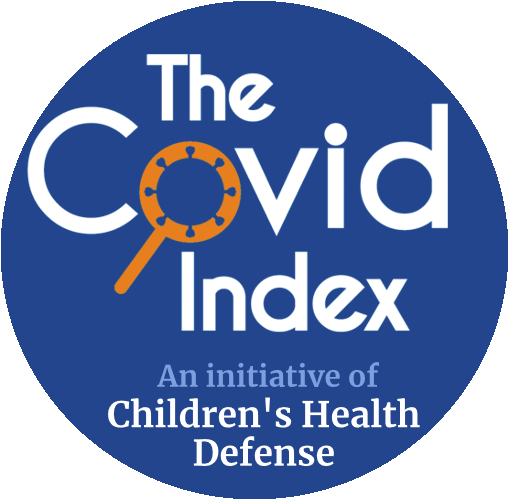"Abstract
Our article 'Real-Time Self-Assembly . . . ' (Lee & Broudy, 2024) published in this journal has attracted attention from scholars, commentators, and professional fact-checkers from around the world, most of it featuring generous praise and some of it impassioned pleas for its authors to stick to their own areas of expertise. Our reply to the critics of this study is an attempt to address and accommodate scholarly critique and answer other concerns about our perceived lack of know-how to engage in such research. In this response, we suggest that a reflexive and singular focus on the declared components of the COVID injectables represents a bias of its own, and a lack of due diligence on our critics’ part. The 'Nano–Bio–Info–Cogno (NBIC)' era of the 21st century (see Jamali et al.,2018) is an already very well-documented development (Cevallos et al., 2022; The White House, 2022), and our aim is to urge scholars to enlarge the critical lens they use to assess these phenomena...
1. Selective Focus on Lipids
The central basis for Ulrich’s conclusion that the structures we document arise from lipid nanoparticles and cholesterol hinges upon faith in the assertions of the pharmaceutical companies regarding the contents of their Covid injectables...
Given the array of different components that could potentially self-assemble into the structures we ultimately observed, unlike Ulrich we offered no interpretation as to the specific composition of those structures. Rather, we merely proposed some possibilities regarding their apparent properties, based upon particular aspects of our findings... Her hypothesis, presented as a general truth, depends on the declarations of Pfizer and Moderna about the contents of their products...
Also, for her view to hold true, all possible forms of nanorobotics must be ruled out...
2. Unexplained Proliferation in Response to EMF
...The response of the Moderna sample to the wireless recharger was a key factor that helped to inform our interpretation of the self-assembling structures. We wrote, 'preliminary observations show that the materials in the injectables react positively to wireless cell phone rechargers'...
Ulrich, however, does not address this finding, but ignores it, thereby sidestepping a key piece of potential evidence for the very interpretations she rejects. We can locate no literature nor precedent regarding cholesterol and/or lipids capable of explaining the Moderna product’s responsiveness to EMF. Accordingly, it is inconsistent with Ulrich’s analysis...
3. The Crucial Larger Context
Nearly five years after the Corona story emerged, microscopy studies carried out in light of the biotech and electronics engineering literatures raise many more questions than answers. Perplexed physicians reflexively balk at our reference to possible 'nanobot-like structures,' but a simple search of the scholarship shows 'nanoelectronic machines' are now as ordinary as nasal spray and as easily deliverable...
Conclusion
If the past five years have taught us anything, it is that science is the product, and any pursuit, theory or propagation of research critically examining that knowledge outside the boundaries of official funding or sanction is just too controversial. How can researchers still endowed with the power of observation continue to maintain that legacy biosciences are the only way to conduct and interpret contemporary inquiry?"
Copyright (c) 2024 Youngmi Lee; Daniel Broudy
The material presented is freely offered to all users who may take an interest in examining it, but how they may choose to apply any part of it,is the sole responsibility of the viewer/user. If material is quoted or reprinted, users are asked to give credit to the source/author, and to conform to the non-commercial, no derivatives, requirements of the Creative Commons License 4.0 NC ND or to any other license that takes precedence over it.
